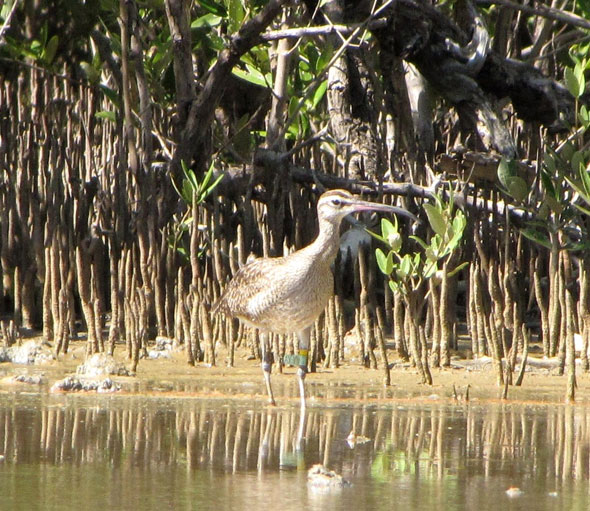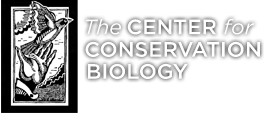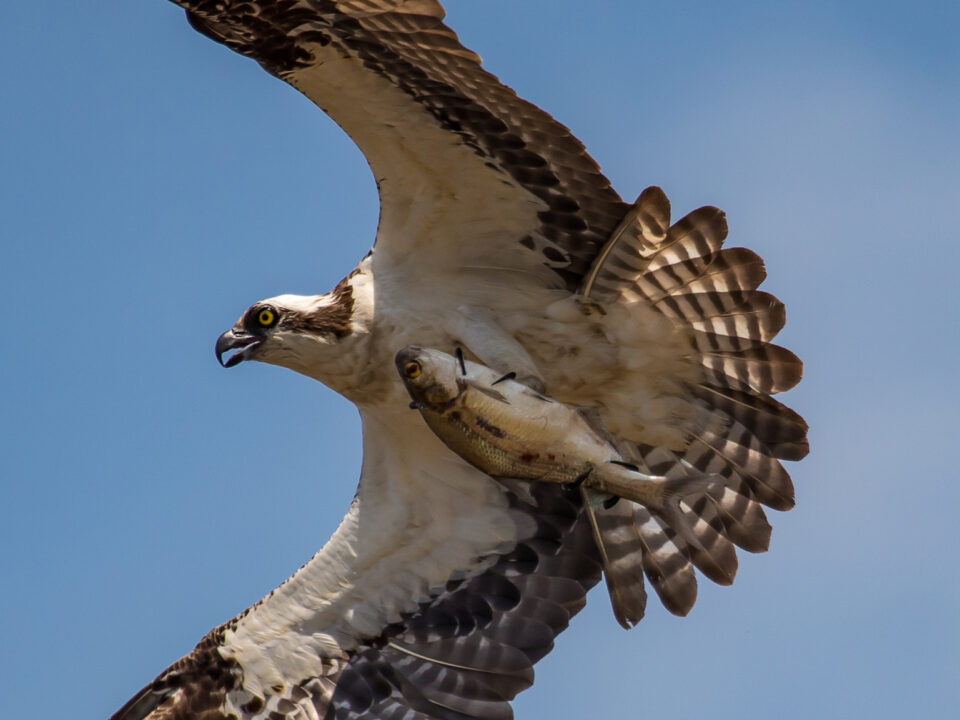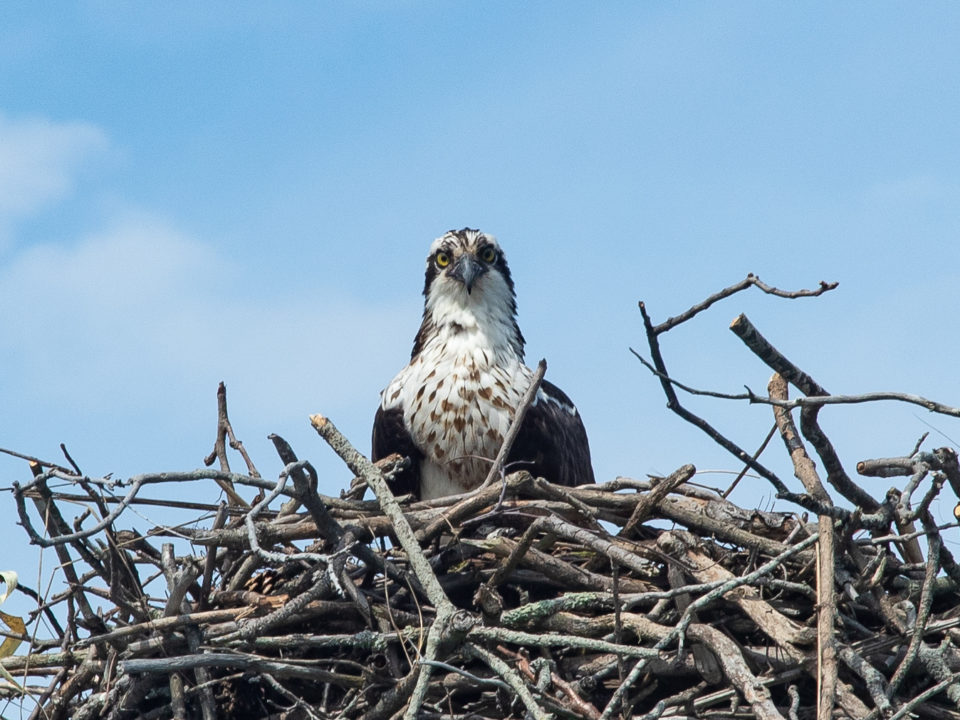Hope returns to Virginia
Azalea in Munden Area of Virginia Beach
April 4, 2012
Hope returns to Virginia
April 5, 2012(Williamsburg, VA)—Hope, a whimbrel carrying a satellite transmitter, has returned to the Eastern Shore of Virginia after spending the winter on St. Croix in the U.S. Virginia Islands. The bird has been tracked by a team of researchers through her migratory travels since she was captured on Box Tree Creek in Northampton County, Virginia on 19 May, 2009. Since that time she has traveled more than 44,100 miles (71,000 kilometers) back and forth 3 times between breeding grounds on the MacKenzie River in western Canada and Great Pond Important Bird Area on St. Croix. She likely left Great Pond on the evening of April 1st and arrived in Virginia on the morning of April 4th, covering the 1600 miles in approximately 60 hours. She had been wintering on Great Pond since September 14, 2011.
Hope has taught the research community a great deal about the migratory pathways and habits of whimbrels. She has made tremendous nonstop flights, moved great distances out over the open Atlantic, confronted storms while at sea, navigated with precision to stopover sites and shown high fidelity to her breeding site, her wintering site, and several staging areas. Hope is one of more than a dozen birds that have been tracked in a collaborative effort between The Center for Conservation Biology, The Nature Conservancy and other partners designed to discover migratory routes that connect breeding and winter areas and to identify en route migratory staging areas that are critical to the conservation of this declining species.

Hope at Great Pond on 9 January, 2012. Photo by Lisa Yntema.

Map of Hope movements (2009-2012).
DOWNLOAD RESOURCES:
FROM: Center for Conservation Biology, College of William and Mary – Virginia Commonwealth University & The Nature Conservancy, Virginia Chapter
FOR IMMEDIATE RELEASE: 5 April, 2012
MEDIA CONTACTS:
Dr. Bryan D. Watts, Director
bdwatt@wm.edu
(757) 221-2247 office
(757) 272-4492 cell
Fletcher M. Smith, Biologist
fmsmit@wm.edu
(757) 221-1617 office
(757) 678-6915
Center for Conservation Biology
College of William and Mary
Virginia Commonwealth University
Barry Truitt, Chief Conservation Scientist
The Nature Conservancy
Virginia Coast Reserve Program
btruitt@tnc.org
(757) 442-3049
Related posts
An adult female osprey on a nest in the York River. The resident pair in this territory arrived in early March and remained on the territory throughout the nesting season. Despite being resident, she never was documented to lay a clutch. The most likely explanation for large numbers of pairs not laying clutches in 2024 is that females did not reach the nutritional condition required to produce eggs. Photo by Bryan Watts.



